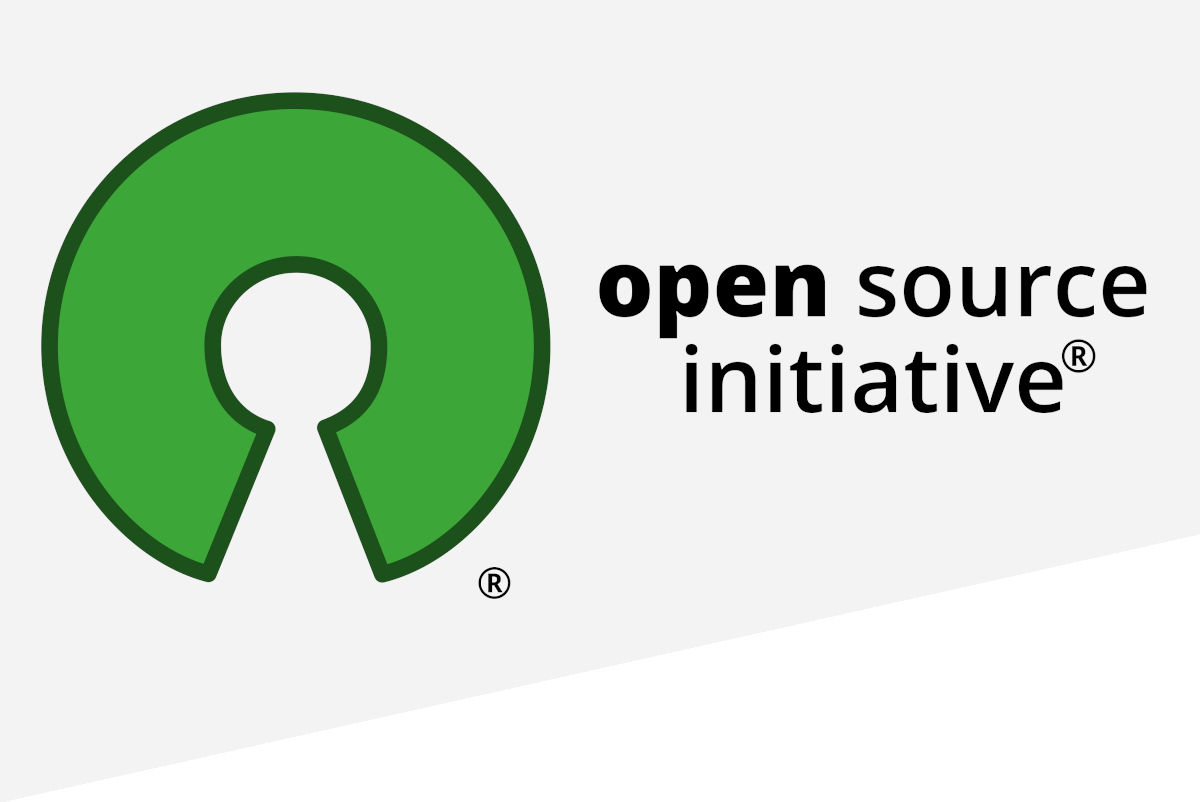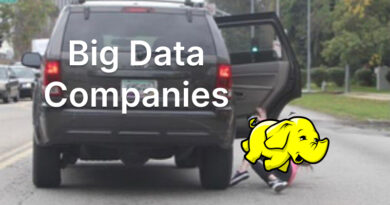Key moments in the Open Source world: Richard Stallman
Nowadays, no one can deny the relevance of Open Source in the IT world, where we have open software present in all our lives, from our mobile phones to large CPDs… but it wasn’t always like this!!
Richard Stallman and the printer:
By the late 1970s, Richard M. Stallman was a programmer at MIT. His department (like those of many universities at the time) shared a PDP-10 computer and a single printer. Paper was regularly jamming the printer, causing a row of print jobs to accumulate in a queue until someone fixed the problem. To get around this issue, the MIT staff came up with a “social” trick: They wrote code for the printer driver so that, when it crashed, a message would be sent to those waiting for a print job: “The printer is stuck, please fix it.”
In 1980, the lab accepted a donation of a new laser printer. However, when Stallman asked for the source code for the printer driver, so he could re-implement the social hack and have the system notify users of a paper jam, he was told that it was confidential information. He heard about a researcher at a different university who had the source code for a research project, and asked this colleague to share it, and was surprised when they refused. They had signed an NDA, which Stallman took as a betrayal to hacker culture.
The late 1970s and early 1980s ushered in the era when software (traditionally given away with hardware in the form of source code) was considered valuable. for the first time. MIT researchers began to create software companies, and selling software licenses was key to their business models. NDAs and proprietary software licenses became the norm, and the best programmers were hired by universities like MIT to work on private development projects where they could no longer share or collaborate.
As a reaction to this, Stallman decided to create a complete operating system that would not deprive users of the freedom to understand how it worked and would allow them to make changes if they wished. It was the birth of the free software movement.



